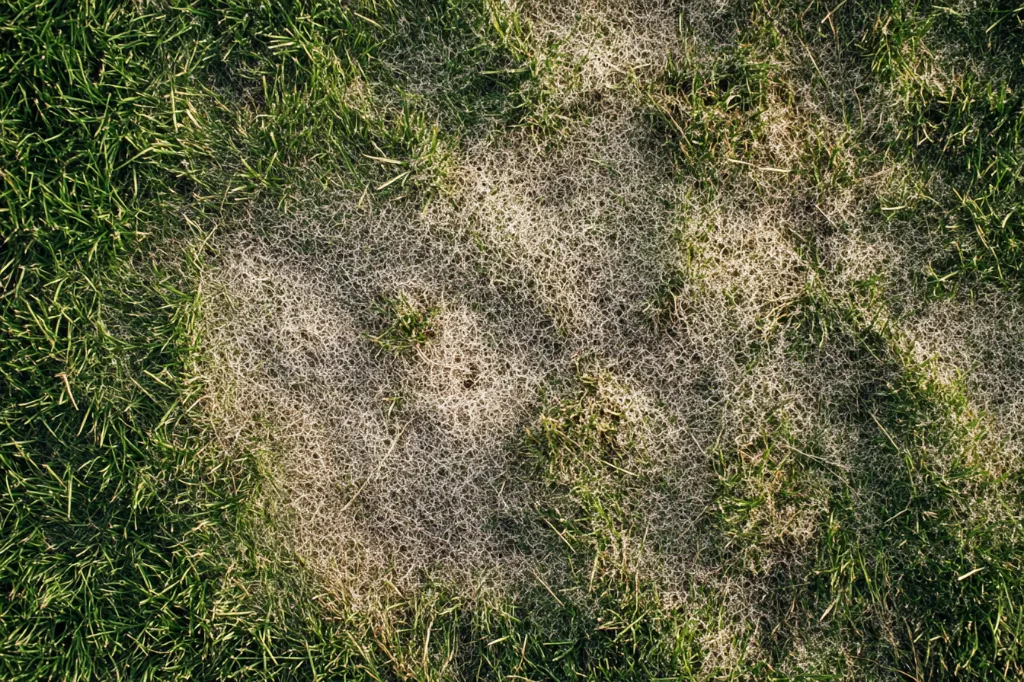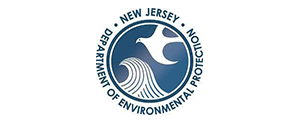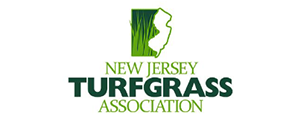Poa Annua (annual bluegrass) and Poa Trivialis (rough bluegrass) frequently invade lawns, undermining the health of desirable turf.
Although similar in appearance, they have distinct lifecycles and growth habits. Effective management requires early detection, a combination of chemical, cultural, and mechanical controls, and seasonal lawn care adjustments. This post provides a comprehensive look at how to manage these weeds, ensuring your lawn remains robust and attractive.
Identification and Comparison
Overview of Poa Annua
- Lifecycle: Typically annual or biennial, reproducing rapidly by seed.
- Appearance: Light green, coarse texture with visible seed heads even in a mowed lawn.
- Growing Conditions: Thrives in compacted, nutrient-rich soils with higher pH.
Overview of Poa Trivialis
- Lifecycle: Perennial, persisting year after year.
- Appearance: Dark green, fine-textured, spreading by runners.
- Growing Conditions: Prefers cool, moist, shady areas and poorly drained soils.
Side-by-Side Comparison
Characteristic | Poa Annua | Poa Trivialis |
Lifecycle | Annual/Biennial | Perennial |
Appearance | Light green, coarse; seed heads visible | Dark green, fine texture; spreads by runners |
Preferred Conditions | Compact, nutrient-rich, higher pH soils | Moist, shady, and poorly drained areas |
Growth Pattern | Rapid seed reproduction | Creeping growth via runners |
Why These Weeds Are Problematic
Impact on Lawn Health
- Competition: Both weeds aggressively compete with desirable turf for water, nutrients, and sunlight.
- Weakening Turf: Infestations reduce the overall vigor of your lawn, making it more susceptible to diseases and environmental stresses.
- Maintenance Costs: A persistent presence of these weeds increases the need for chemical treatments, frequent mowing, and other maintenance efforts.
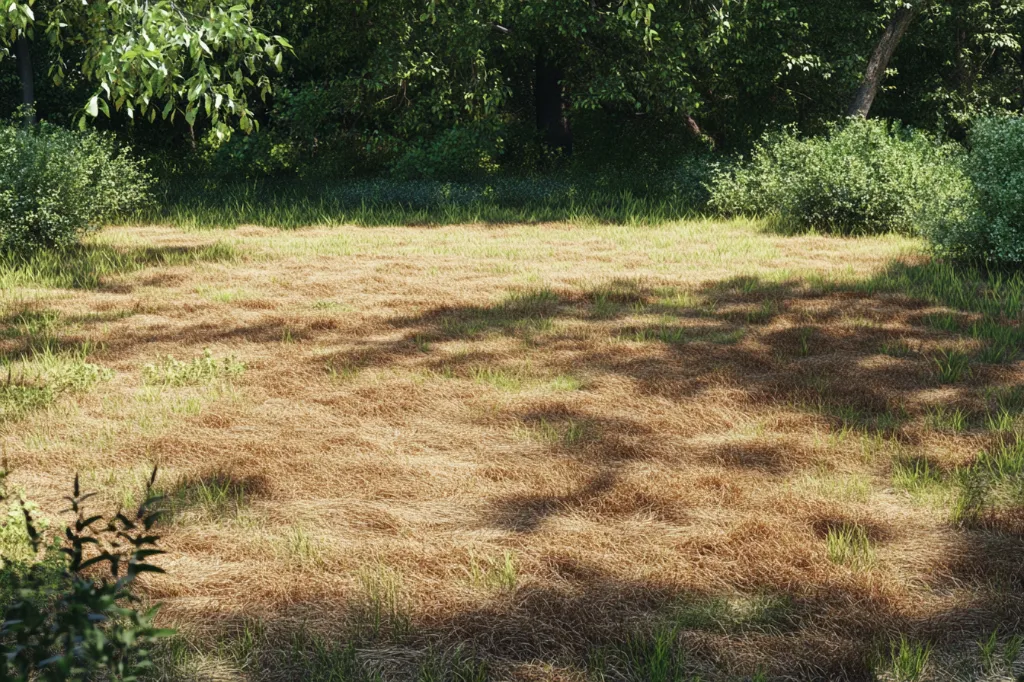
Integrated Control and Prevention Strategies
Managing Poa Annua and Poa Trivialis effectively involves an integrated approach:
Herbicide Options
Post-Emergent Treatments
- Use: Target actively growing plants of both weeds after they have emerged.
- Recommendation: Select herbicides that specifically address Poa Annua and Poa Trivialis while minimizing damage to desirable turf. However, it’s important for homeowners to be aware that options for effective post-emergent control of Poa species can be limited. There aren’t many selective products readily available on the market specifically designed for this purpose. Furthermore, some of the more specialized or potent options can carry a significant cost, potentially running upwards of $500 or more for a single container, an investment some homeowners may be hesitant to make.
Pre-Emergent Treatments
- Use: Prevent germination by targeting weed seeds before they sprout.
- Timing: Apply in early spring and fall when soil temperatures are optimal (around 55°F).
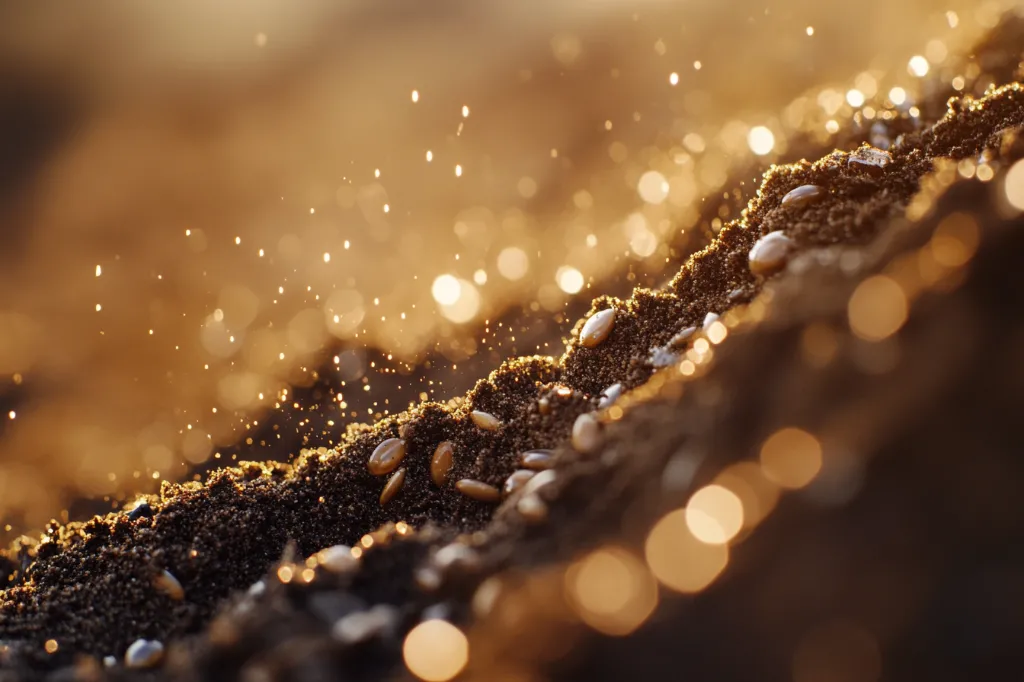
Cultural Practices
Mowing
- Maintain proper mowing heights to help your turf outcompete the weeds.
- Avoid mowing too short, which weakens the turf and creates favorable conditions for weed growth.
Irrigation and Fertilization
- Adjust watering practices to ensure deep, infrequent irrigation that strengthens turf roots.
- Use balanced fertilization to promote dense, vigorous grass that can naturally suppress weed infestations.
Aeration and Overseeding
- Aerate to relieve soil compaction.
- Overseed in the fall with robust turf varieties to enhance lawn density and reduce spaces for weed colonization.
Mechanical Controls
Direct Removal
- Rake or dethatch affected areas to physically remove weeds and debris that can harbor seeds.
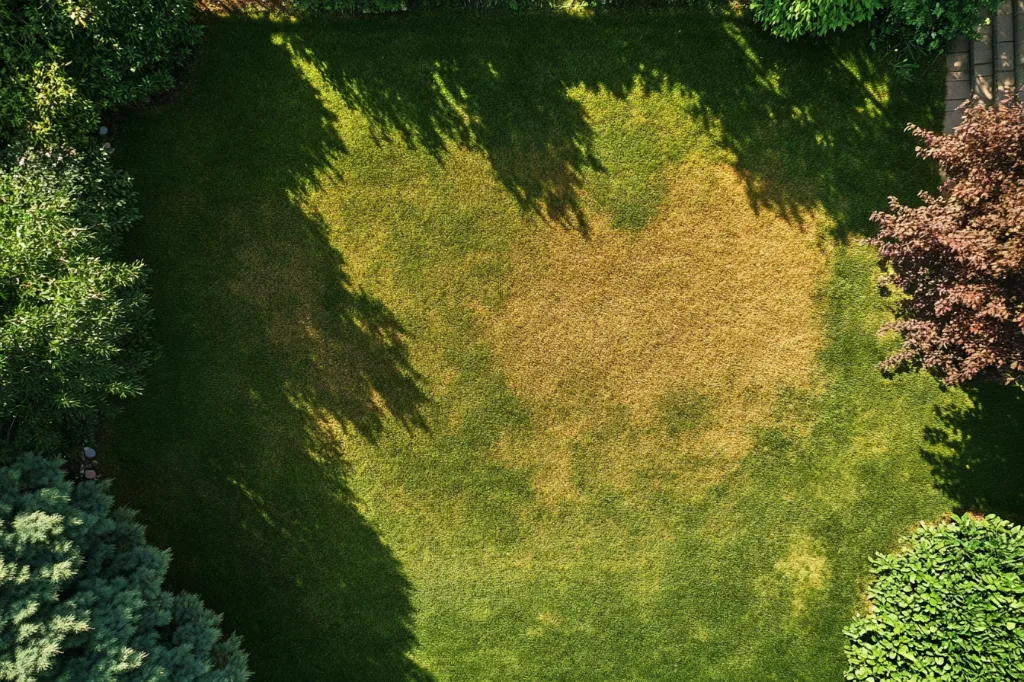
Seasonal Lawn Care Calendar
Spring
- Begin with pre-emergent applications to prevent weed germination.
- Monitor and apply post-emergent herbicides on any early infestations.
Summer
- Focus on cultural practices such as proper irrigation and mowing.
- Utilize targeted herbicide treatments if weeds become visible.
Fall
- Reinforce your turf with overseeding.
- Apply additional pre-emergents as needed to reduce the seed bank for the next season.
Winter
- Use this time for planning and evaluating the previous year’s strategies to make necessary adjustments.
Effectively managing Poa Annua and Poa Trivialis requires a proactive, integrated approach.
By accurately identifying these weeds and implementing a mix of chemical treatments, cultural practices, and mechanical controls, you can significantly reduce their impact on your lawn. Regular monitoring and seasonal adjustments are critical to maintaining a healthy, resilient turf.
For expert assistance and tailored solutions, contact Greenstripe and explore our additional resources on lawn care management.
